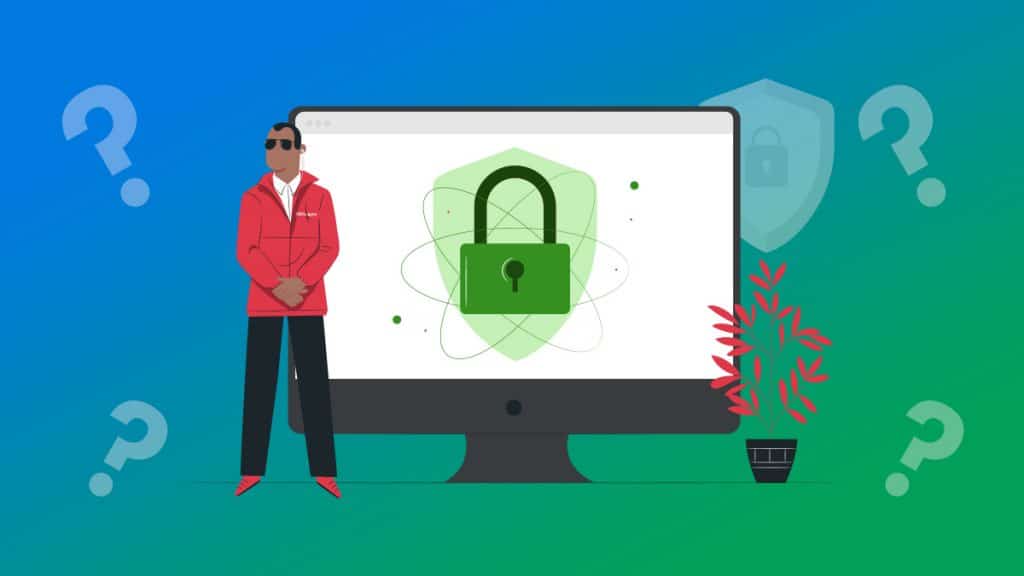Patchstack Integration: How to Install and Configure This Hosting Provider

Patchstack is a popular hosting provider that specializes in website security. Patchstack integration can help you protect your web project from various kinds of threats, such as hacks, malware, and other attacks. In this article, we'll look at how to install and configure Patchstack on your hosting server to ensure maximum security for your website.
Step 1: Sign up for an account on Patchstack
The first step to integrating Patchstack is to sign up for an account on their website. Go to the official website of Patchstack and follow the instructions to create an account. You will be required to provide the required information, including your name, email address, and password. Once you've completed your registration, you'll have access to a Patchstack account.
Step 2: Adding a Website
Once you have successfully registered, you can log in to your Patchstack account. You will be prompted to add your website. Click on the appropriate option and enter the URL of your website. After that, Patchstack will automatically start scanning your site for potential threats and vulnerabilities.
Step 3: Choosing a Plan
Patchstack provides a variety of service plans, depending on your needs. Choose the right plan for you, considering the size of your website and the security features you need. Once you've chosen a plan, you'll be given access to Patchstack's security tools.
Step 4: Installing the Patchstack Agent
In order to fully integrate Patchstack on your hosting server, you'll need to install the Patchstack agent. This agent is software that will run on your server and detect threats in real-time.
To install the Patchstack agent, follow the instructions provided on their website. Depending on your operating system and server, the instructions may vary slightly. Make sure you strictly follow the directions and follow all the necessary steps.
Step 5: Setup and Monitoring
Once the Patchstack agent is installed on your server, you will be able to configure various security settings to suit your needs. You'll be able to monitor activity and analyze your site's security reports through Patchstack's web interface.
Step 6: Respond to Threats
One of the key features of Patchstack is the ability to respond instantly to security threats. If the Patchstack agent detects an attack or vulnerability, it will take the necessary steps to block or prevent the threat.
Conclusion
Integrating Patchstack on your hosting server can significantly enhance the security of your website. By following the above steps, you will be able to install and configure this hosting provider to ensure that your online project is well protected. Don't forget to regularly update and adapt your security settings to stay one step ahead of potential threats.
Popular Articles


Reviews